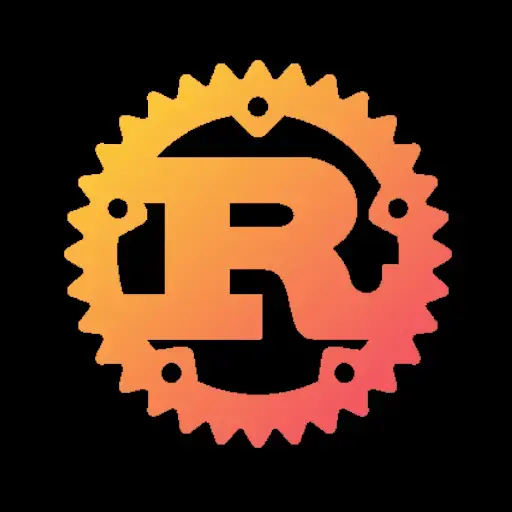Revisionist? I am old, I was there. But if you don’t believe me: https://en.wikipedia.org/wiki/Symbian
(And while I didn’t own a Symbian phone myself, a good friend did. Oh, but what I owned was a tablet computer. Way back in 2002. And now you will likely call me a Revisionist again, because I owned a device before Apple invented it…)






I am now at the point where I think there are two things happening.
Examples for the first one would be new battery tech for electric vehicles, new ways to harvest renewable energy, new tools that allow to make software more stable,… Examples for the second would be NTFs, Crypto-Currencies, “AI”, e-Fuels,…